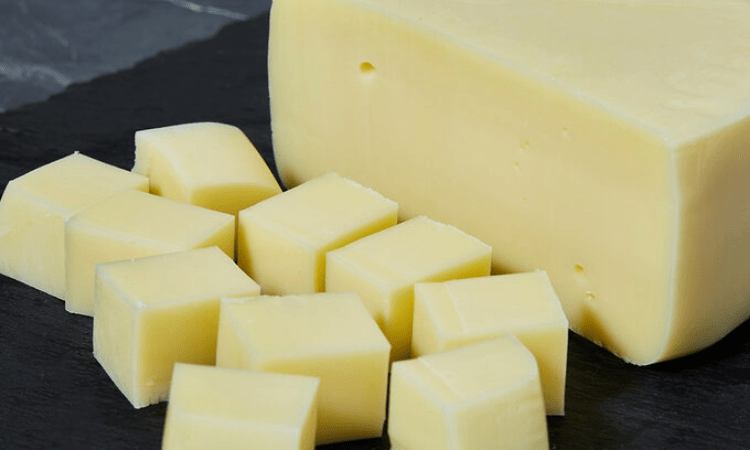
BLOG
KATEGORİDEKİ DİĞER YAZILAR

Fresh cheddar cheese is structured with different additives during the production process. Phosphate and citrate salts are often used to improve the consistency, texture and melting properties of cheese. However, the use of these additives in the right proportions is important for product quality and health.
The new analysis method developed provides sensitive, rapid and cost-effective detection of phosphate and citrate salts in cheese. The method is optimized to meet quality control and regulatory requirements in cheese production processes.
A new analysis method was developed within the framework of the Turkish Food Codex Regulation for the detection of ingredients added to food products. The development of this method was completed as a result of the work carried out under the Turkish Food Codex Regulation on Food Additives and the Turkish Food Codex Communiqué on Cheese.
The use of melting salts known as “Phosphate and Citrate Salts” is prohibited in cheddar cheese and a new analysis method has been developed within the framework of the Turkish Food Codex Regulation to determine whether this prohibition is complied with. The studies used cheddar cheeses produced with and without the addition of melting salts under controlled conditions.
Under the new analysis method, phosphorus and nitrogen ratios will be taken into account in the determination of phosphate salts, while the determination of citrate salts will be based on the ratio of citric acid in dry matter. The decision criteria are as follows:
If the Phosphorus/Nitrogen Ratio, Citric Acid in Dry Matter Ratio are above the specified amounts, it will be decided that melting salts are used in kashkaval cheese.
Analyses will be carried out in the relevant laboratories as of September 30, 2024. It was announced by the Ministry that it will continue to work with determination to ensure food safety and protect consumer interests.
Nanolab Laboratories Group continues to provide services within the scope of Food Analysis. At the same time, we also provide services on Counterfeit and Adulteration Detection in Cheese.
Contact us for more information.
You can follow us on LinkedIn for up-to-date news and posts about our services.
Follow our Instagram account to be informed about our latest blog posts.